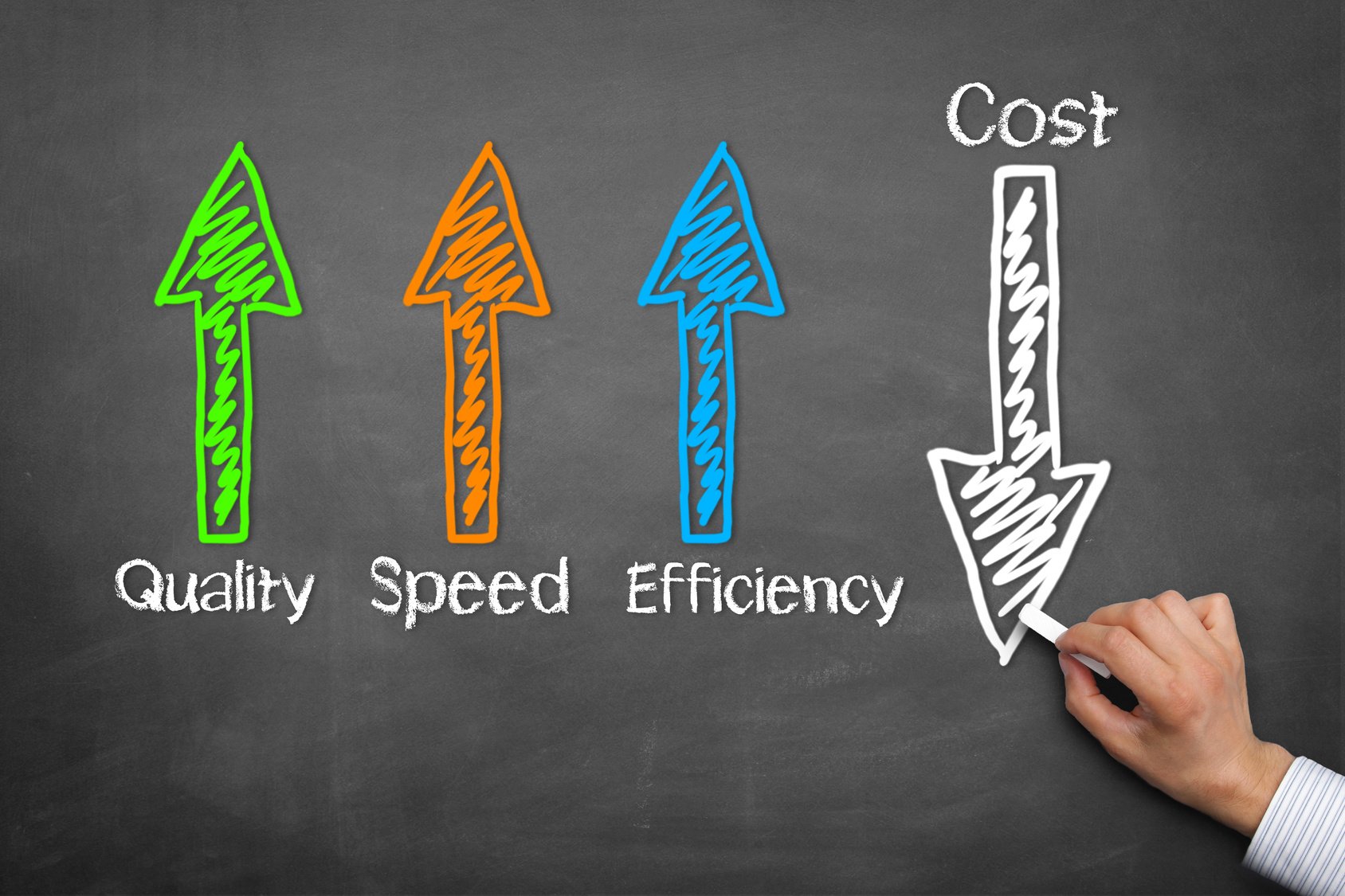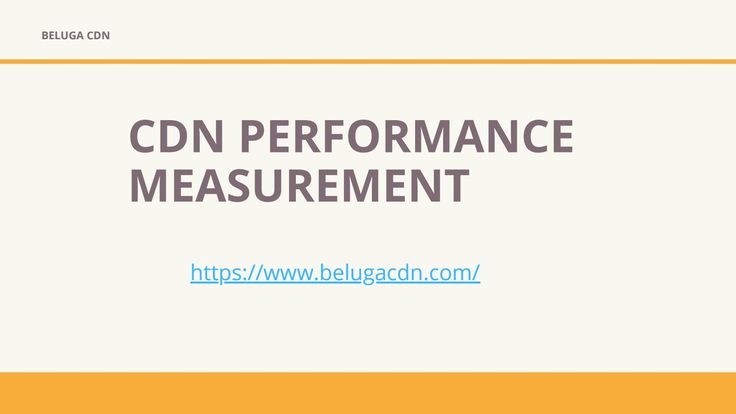Strategies for Managing CDN Costs While Maximizing Performance

1. Optimize Cache Settings:

- Configure cache rules: Determine which content should be cached and for how long.
- Use cache-control headers: Instruct browsers and CDNs on how to handle cached content.
- Enable transparent caching: Cache static content without modifying web server responses.
2. Utilize Zone Placement and Distribution:

- Select optimal edge locations: Place CDNs in strategic locations near target audiences.
- Establish multiple zones: Distribute content across multiple geographical zones for redundancy and cost optimization.
- Use anycast routing: Route traffic to the nearest edge server, reducing latency and costs.
3. Manage Traffic Volume:
- Monitor traffic patterns: Use analytics to identify peak and off-peak usage times.
- Scale capacity dynamically: Adjust CDN capacity as needed to meet varying traffic demands.
- Load balance between zones: Distribute traffic across multiple zones to prevent overloading and optimize performance.
4. Optimize Content Delivery:
- Compress and optimize assets: Reduce file sizes to save bandwidth and CDN costs.
- Use content delivery networks (CDNs): Leverage CDNs such as Cloudflare, AWS CloudFront, or Google Cloud CDN for fast and reliable content delivery.
- Implement HTTP/2 and QUIC: Use next-generation protocols to optimize content delivery and reduce latency.
5. Negotiate with CDN Providers:
- Compare pricing models: Explore different pricing structures (pay-as-you-go, monthly subscription, etc.) and choose the best fit for your needs.
- Negotiate discounts: Request volume discounts or long-term contracts to reduce overall costs.
- Seek support and optimization services: Utilize CDN provider’s support and optimization services to minimize costs without compromising performance.
6. Monitor and Optimize Regularly:
- Track CDN usage and performance: Monitor metrics such as bandwidth consumption, latency, and cache hit rates.
- Identify and address bottlenecks: Analyze performance data to identify areas for improvement.
- Make continuous adjustments: Regularly optimize CDN settings and configurations based on performance and cost data.
Additional Tips:
- Consider a hybrid approach: Combine CDN with other techniques like reverse proxies and load balancers to optimize delivery.
- Use a CDN management platform: Simplify CDN management and optimize performance with specialized tools.
- Test and iterate: Experiment with different configurations and strategies to find the best balance between cost and performance.# Strategies For Managing Cdn Costs While Maximizing Performance
Executive Summary
Content delivery networks (CDNs) play a crucial role in enhancing website performance and user experience. However, managing CDN costs while maintaining optimal performance can be challenging. This article provides comprehensive strategies to effectively manage CDN costs while maximizing performance, ensuring a seamless and cost-efficient content delivery experience.
Introduction
CDNs are distributed networks of servers that deliver content to users based on their geographical proximity. By caching content closer to users, CDNs reduce latency, improve page load times, and enhance overall website performance. While CDNs offer significant benefits, their usage can lead to increased costs if not managed effectively. This article explores strategies to strike a balance between cost optimization and performance maximization, ensuring cost-effective and high-quality content delivery.
FAQs
1. What is the impact of CDN usage on website performance?
CDNs significantly improve website performance by reducing latency and page load times. By caching content closer to users, CDNs ensure faster delivery of content, leading to improved user experience, increased engagement, and higher conversion rates.
2. How can I determine the right CDN provider for my website?
Choosing the right CDN provider depends on various factors, including your website’s traffic volume, geographical distribution of users, content type, and budget. It’s essential to consider the provider’s network coverage, pricing model, customer support, and features to find the best fit for your specific needs.
3. How do I optimize CDN usage to reduce costs?
Optimizing CDN usage involves implementing strategies such as leveraging browser caching, using a pay-as-you-go pricing model, selecting the appropriate CDN tier based on traffic requirements, and regularly monitoring usage to identify areas for further optimization.
Top 5 Subtopics
1. CDN Pricing Models
Understanding CDN pricing models is crucial for cost management. The most common models are:
- Flat-rate pricing: A fixed monthly cost regardless of usage. Suitable for websites with predictable traffic patterns.
- Pay-as-you-go pricing: Charges based on actual usage (bandwidth, storage). Ideal for websites with fluctuating traffic.
- Tiered pricing: Offers different tiers with varying costs and features. Allows for flexibility and customization.
2. CDN Features and Optimization
Optimizing CDN usage involves leveraging features such as:
- Browser caching: Stores content in the user’s browser for faster subsequent access.
- Image optimization: Compresses images to reduce file size and improve loading speeds.
- HTTP/2 and HTTP/3 support: Enhances content delivery efficiency and speeds up page load times.
3. Traffic Patterns and Usage Analysis
Monitoring traffic patterns and analyzing CDN usage helps identify areas for optimization. Consider:
- Traffic spikes: Identify peak traffic periods and plan accordingly to avoid additional costs.
- Geographic distribution: Determine the geographical distribution of users to optimize CDN server locations.
- Content popularity: Identify popular content and cache it strategically to reduce load times.
4. CDN Server Selection and Configuration
Choosing the right CDN server locations and configuring them effectively is critical. Consider:
- Server proximity: Select servers that are closest to your target audience to minimize latency.
- Server capacity: Ensure servers have sufficient capacity to handle expected traffic volume.
- Redundancy: Implement server redundancy to ensure high availability and minimize downtime.
5. CDN Monitoring and Performance Analysis
Regular monitoring and performance analysis are essential for cost optimization. Consider:
- Performance metrics: Track key performance indicators (KPIs) such as page load times, latency, and uptime.
- Cost analysis: Regularly review CDN usage and costs to identify areas for improvement.
- Trend analysis: Monitor trends in traffic patterns and CDN performance to forecast future needs and optimize accordingly.
Conclusion
Managing CDN costs while maximizing performance is a delicate balance that requires a comprehensive approach. By understanding CDN pricing models, optimizing CDN usage, analyzing traffic patterns, selecting the right server configurations, and continuously monitoring performance, businesses can effectively manage their CDN expenses while ensuring the best possible content delivery experience for their users. Implementing these strategies leads to cost efficiency, improved performance, and enhanced user satisfaction.
Keyword Tags
- CDN cost optimization
- CDN performance management
- CDN pricing models
- CDN server configuration
- Content delivery performance
